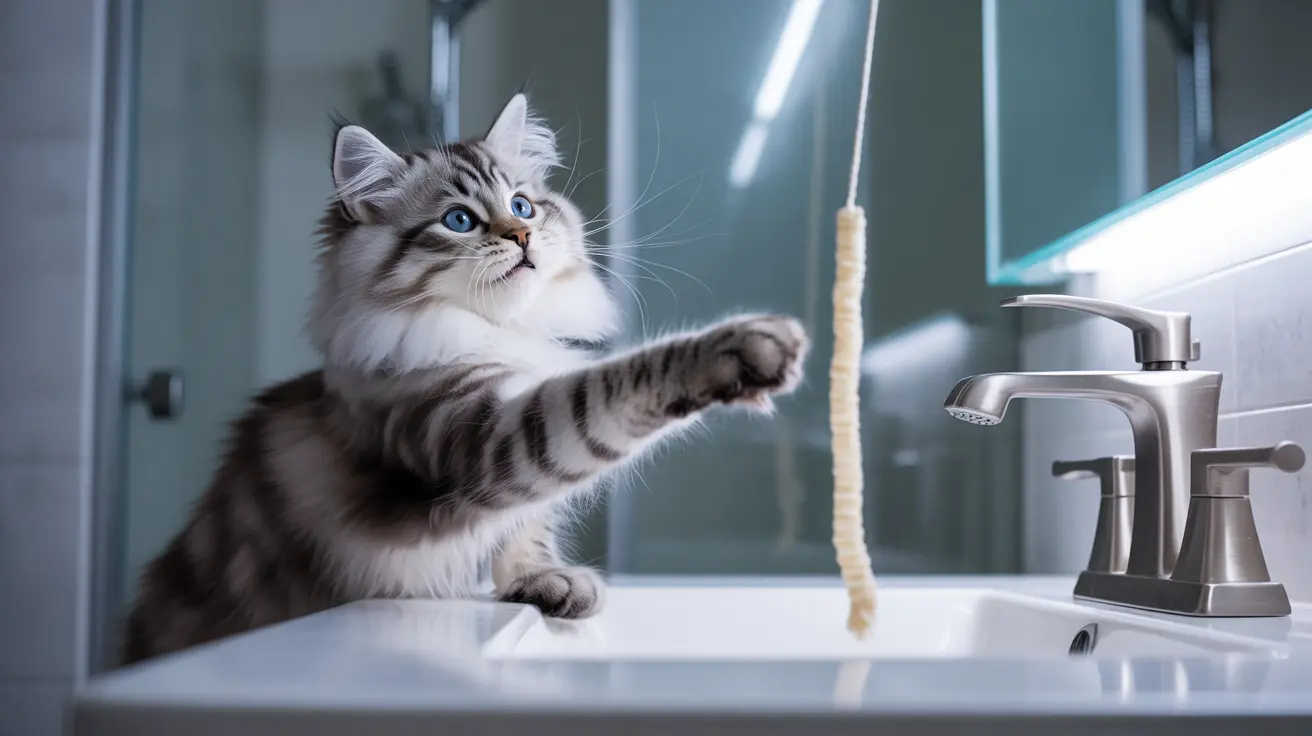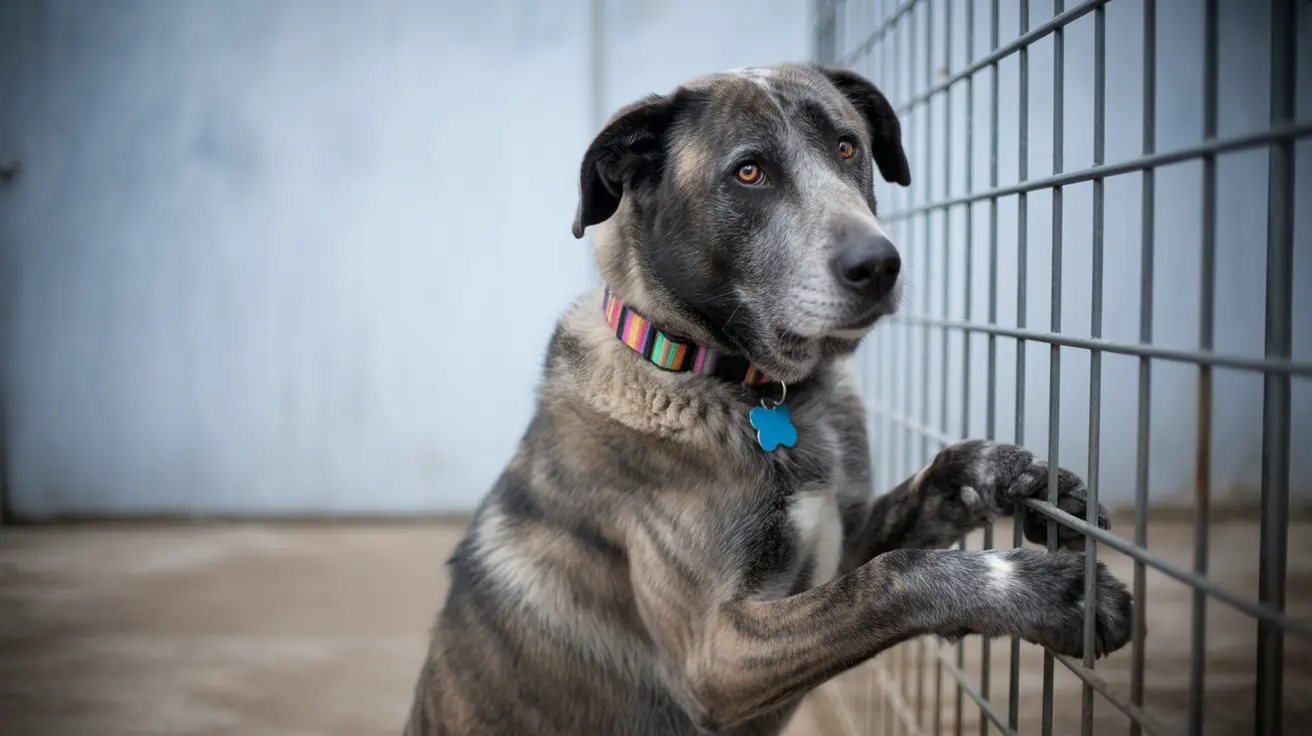If your cat ate dental floss, you're facing a potentially serious emergency that requires immediate attention. String-like objects can cause severe complications in cats, from intestinal blockages to life-threatening perforations. This comprehensive guide will help you understand the risks, recognize warning signs, and know exactly what steps to take to protect your feline friend.
Understanding the severity of this situation and acting quickly could mean the difference between a simple veterinary visit and a complex surgical emergency. Let's explore everything you need to know about this dangerous situation and how to handle it properly.
Why Cats Are Attracted to Dental Floss
Cats have a natural instinct to play with string-like objects, making dental floss an irresistible target. This attraction stems from their predatory nature - the movement and texture of floss mimics that of prey, triggering their hunting response. Unfortunately, this seemingly innocent attraction can lead to dangerous consequences.
The Dangers of Floss Ingestion
When a cat swallows dental floss, it becomes what veterinarians call a "linear foreign body." This type of foreign object is particularly dangerous because it can cause severe damage to the digestive tract:
- The floss can become anchored around the tongue or in the stomach
- As the intestines try to move the floss along, they can bunch up or "accordion"
- This bunching can lead to severe tissue damage and possible perforation
- Multiple sections of the intestine can be affected simultaneously
Immediate Signs Your Cat Has Eaten Floss
Watch for these warning signs that indicate your cat may have ingested dental floss:
- Vomiting (especially repeated attempts)
- Loss of appetite
- Lethargy
- Abdominal pain or discomfort
- Difficulty defecating
- Visible floss hanging from the mouth or rectum
Emergency Response Steps
If you suspect your cat has eaten dental floss, follow these crucial steps:
- Don't pull on any visible floss
- Keep your cat calm and comfortable
- Contact your veterinarian immediately
- Monitor your cat's behavior and symptoms
- Prepare for possible emergency surgery
Treatment Options and Recovery
Treatment depends on the severity of the situation and may include:
- Emergency surgery to remove the floss
- Endoscopic removal if the floss is still in the stomach
- Supportive care including IV fluids and pain management
- Regular monitoring through X-rays and ultrasound
Prevention Strategies
To prevent future incidents, implement these safety measures:
- Store dental floss in secure, closed containers
- Use covered trash bins in bathrooms
- Clean up immediately after using floss
- Consider alternative storage locations out of your cat's reach
- Provide appropriate cat toys as alternatives
Frequently Asked Questions
What should I do immediately if my cat ate dental floss?
Contact your veterinarian immediately and watch for signs of distress. Don't attempt to pull out any visible floss, as this could cause internal damage.
What are the warning signs that my cat may have a floss-related intestinal blockage?
Key signs include vomiting, loss of appetite, lethargy, abdominal pain, and changes in bowel movements. Any of these symptoms warrant immediate veterinary attention.
Why is dental floss dangerous for cats compared to other foreign objects?
Dental floss is particularly dangerous because it's a linear foreign body that can cause the intestines to bunch up and potentially perforate. It can also anchor itself in one spot while continuing to cause damage along the digestive tract.
How do veterinarians diagnose and treat a cat that has ingested floss?
Veterinarians typically use X-rays and ultrasounds to locate the floss and assess damage. Treatment may range from monitoring and supportive care to emergency surgery, depending on the situation.
How can I prevent my cat from chewing or eating floss and similar string-like objects?
Store all string-like objects securely out of reach, use covered trash bins, clean up immediately after using floss, and provide appropriate cat toys as alternatives for play.
Remember, prevention is always better than treatment. Keep all string-like objects safely away from your curious cat, and don't hesitate to contact your veterinarian if you suspect your cat has ingested dental floss or any other foreign object.






